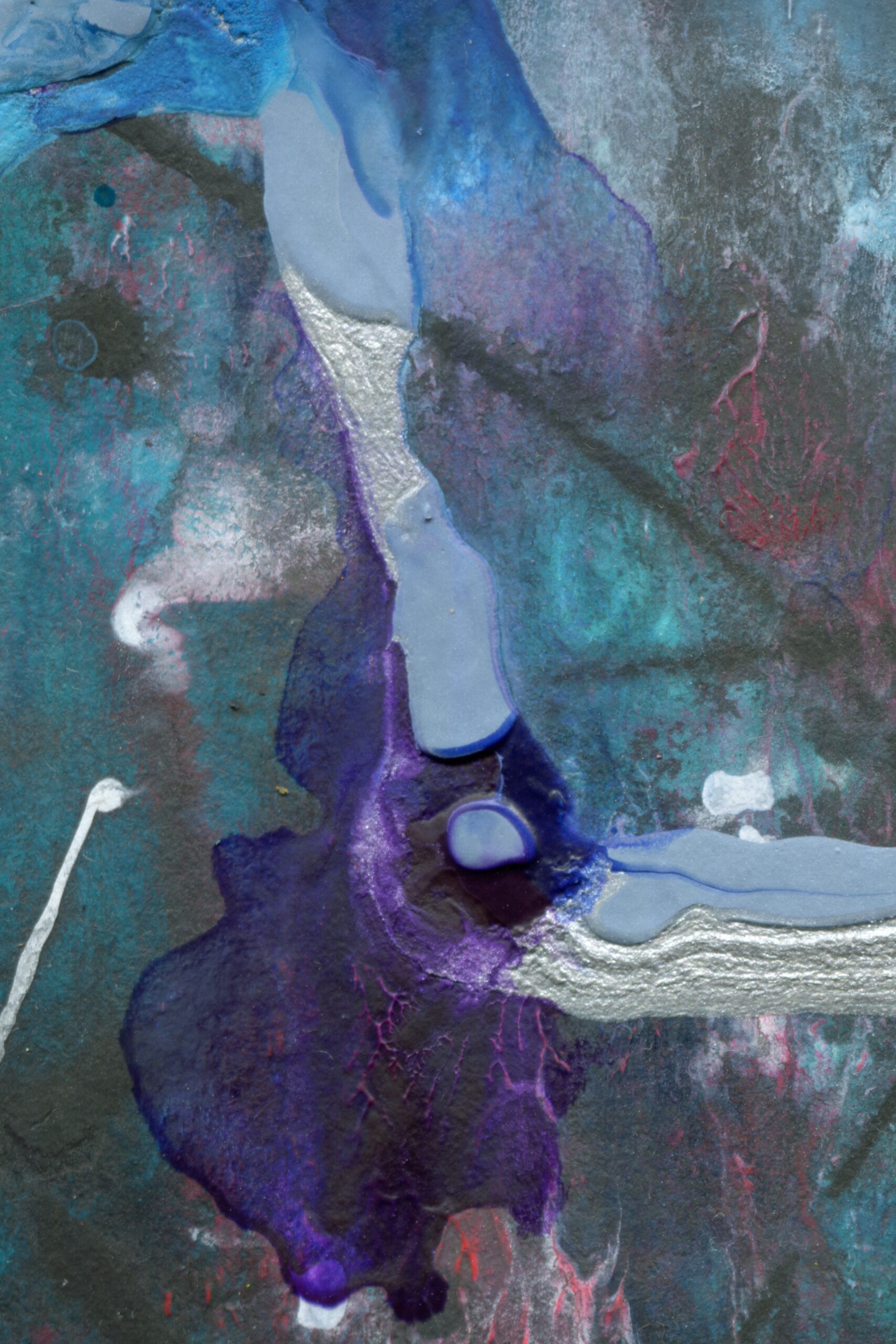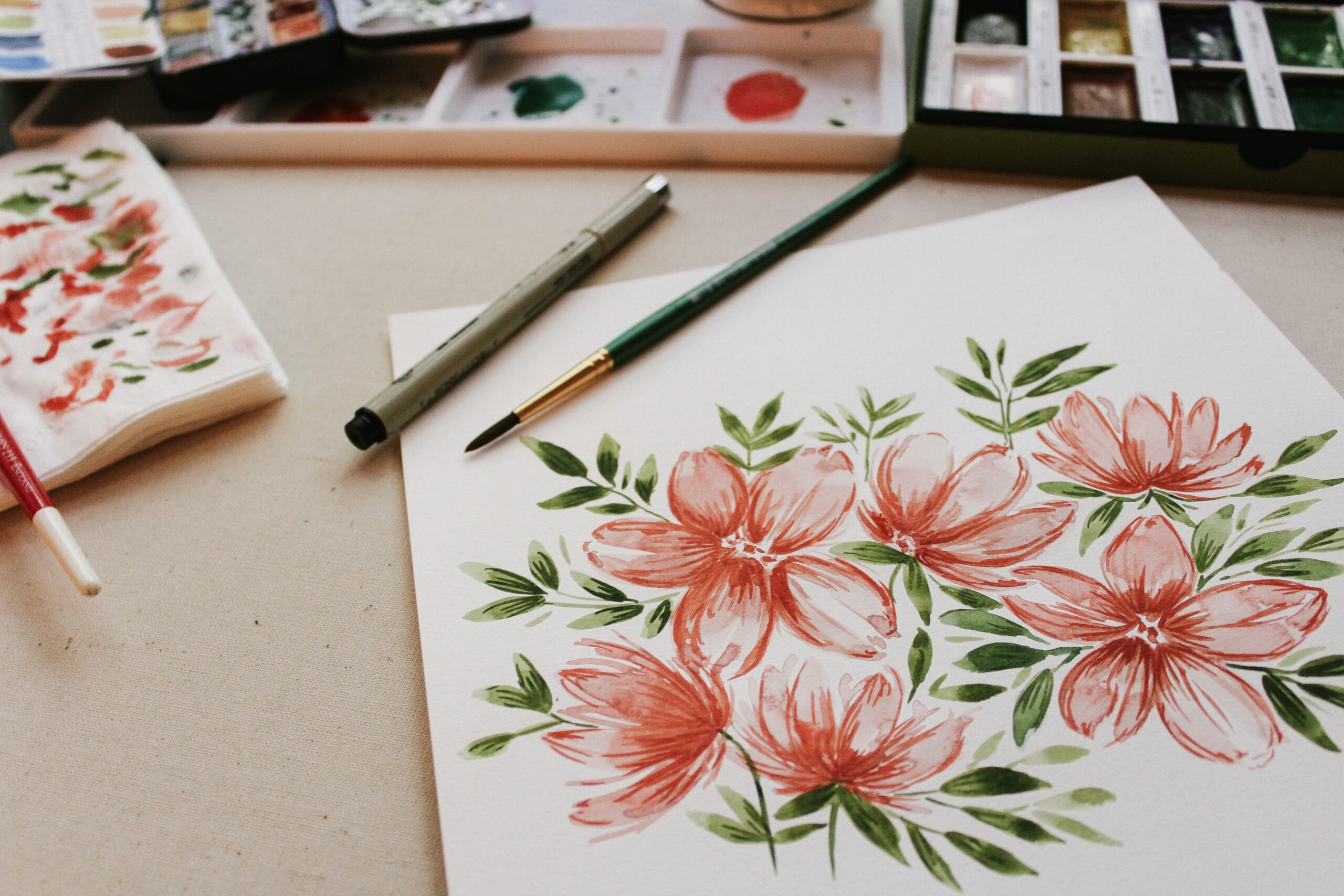Gouache, a versatile and vibrant medium often used by artists, has gained attention for its potential use as face paint. As a curious individual, you may find yourself wondering if it is safe and suitable for such applications. While gouache shares similarities with traditional face paints, it is important to explore the factors that differentiate the two and understand the potential risks involved in utilizing gouache as a cosmetic product. This article aims to shed light on the subject, providing you with the knowledge necessary to make an informed decision regarding the use of gouache as face paint.
Gouache as Face Paint
Overview of Gouache
Gouache is a type of paint that is commonly used by artists due to its vibrant colors and matte finish. It is often used in the creation of illustrations, posters, and other forms of artwork. Gouache is a water-based paint that is typically made by combining pigments with a binder, such as gum arabic. It can be diluted with water to create transparent washes or used straight from the tube for opaque coverage. While gouache is primarily intended for use on paper or canvas, some individuals may wonder if it can be used as a face paint.
Safety Concerns
When considering using gouache as face paint, it is important to consider the safety concerns involved. Gouache paints are not specifically formulated for use on the skin, and as such, they may contain certain ingredients that could be harmful when applied to the face. Some gouache paints may contain pigments that are not approved for cosmetic use, and these pigments could potentially cause skin irritation or allergic reactions.

This image is property of images.unsplash.com.
Potential Risks and Side Effects
Using gouache as face paint can pose several risks and side effects. One of the main concerns is the potential for skin irritation or allergic reactions. The pigments used in gouache paints are more concentrated than those used in cosmetic face paints, which means the risk of allergic reactions may be higher. Additionally, the binder used in gouache paints may not be suitable for prolonged skin contact and could potentially clog pores, leading to breakouts or other skin issues. It is also worth noting that gouache paints are not waterproof, so they may smudge or easily rub off, especially in high humidity or when perspiring.
Testing for Allergies
Before using gouache as face paint, it is crucial to conduct a patch test to check for any potential allergies. Apply a small amount of diluted gouache paint on a small area of your skin, preferably on the inside of your wrist or behind your ear. Leave the paint on for at least 24 hours and monitor the site for any signs of redness, itching, or irritation. If any of these symptoms occur, it is advisable to avoid using gouache as face paint to prevent further reactions.

This image is property of images.unsplash.com.
Using Gouache on the Face
If you choose to use gouache as face paint, it is important to take certain precautions to ensure the safety of your skin. Start by thoroughly cleansing your face to remove any dirt or oils that could interfere with the adherence of the paint. Consider using a gentle cleanser that is suitable for your skin type. It is also recommended to apply a thin layer of moisturizer to create a barrier between your skin and the gouache paint.
Preparation of Gouache
To prepare gouache for use as face paint, it is essential to dilute the paint with water to achieve a more fluid consistency. Start by squeezing a small amount of gouache paint onto a palette or mixing tray. Gradually add water to the paint, mixing it thoroughly until it reaches the desired consistency. Ensure that the paint is well-mixed and free of clumps before applying it to the face.

This image is property of images.unsplash.com.
Application Techniques
When applying gouache as face paint, it is advisable to use clean brushes or sponges to avoid cross-contamination and potential infections. Start by lightly applying the paint in thin layers, gradually building up the color as needed. Take care to avoid the delicate eye and lip areas, as gouache may cause discomfort if it comes into contact with these sensitive areas. Allow each layer of paint to dry before adding additional layers to achieve the desired opacity.
Removal of Gouache
Removing gouache from the face is crucial to prevent skin irritation and breakouts. Begin by using a damp cloth or makeup wipe to gently remove the paint from the skin. Avoid rubbing or scrubbing vigorously, as this can cause unnecessary friction and irritation. Once the majority of the paint is removed, cleanse the face using a mild cleanser suitable for your skin type. Follow up with a moisturizer to rehydrate the skin after the removal process.

Alternatives to Gouache
While gouache may be tempting to use as face paint due to its vibrant colors and matte finish, it is advisable to opt for products specifically formulated for this purpose. There are numerous cosmetic-grade face paints available that are designed to be safe for use on the skin and come in a wide range of colors. These face paints are formulated to be non-toxic, hypoallergenic, and easily removable, making them a safer choice for use on the face.
Conclusion
In conclusion, while it may be possible to use gouache as face paint, it is important to consider the potential risks and side effects involved. Gouache paints are not specifically formulated for use on the skin and may contain ingredients that could be harmful or cause allergic reactions. It is crucial to conduct a patch test and take necessary precautions if you choose to use gouache as face paint. However, to ensure the safety of your skin and minimize the risk of allergic reactions or skin issues, it is strongly recommended to opt for cosmetic-grade face paints specifically designed for this purpose.




